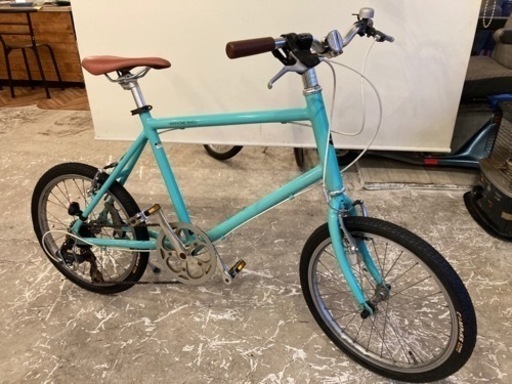商品の詳細
商品の説明
ヴァレンティ トミーカイラコラボ - 車のパーツ
ヴァレンティ トミーカイラコラボ - 車のパーツ

ヴァレンティテールランプ 20系アル/ヴェル TOMMYKAIRAコラボモデル - ライト

ROWEN Valenti コラボ LED ブリリアントテールランプ 20 アルファード/ヴェルファイア 車検対応 LED BRILLIANT TAILLAMP REVO ローウェン ヴァレンティ トミーカイラ ALPHARD VELLFIRE アルヴェル | カー用品・家電通販の1BOX
ヴァレンティ トミーカイラコラボ - 車のパーツ
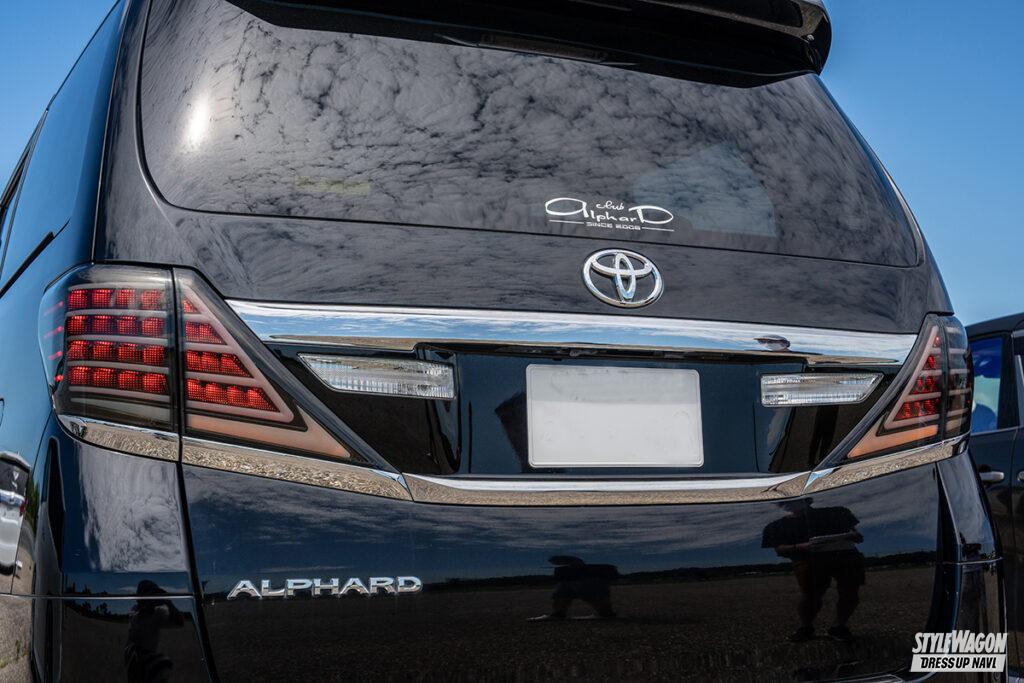
ヴァレンティ トミーカイラコラボ - 車のパーツ

ヴェルファイア 20系 後期 トミーカイラコラボ ジュエルLEDテール - 自動車パーツ

Valenti TOMMYKAIRA×Valenti コラボ のパーツレビュー | アルファード(ツバハル) | みんカラ

ROWEN Valenti コラボ LED ブリリアントテールランプ 20 アルファード/ヴェルファイア 車検対応 LED BRILLIANT TAILLAMP REVO ローウェン ヴァレンティ トミーカイラ ALPHARD VELLFIRE アルヴェル | カー用品・家電通販の1BOX
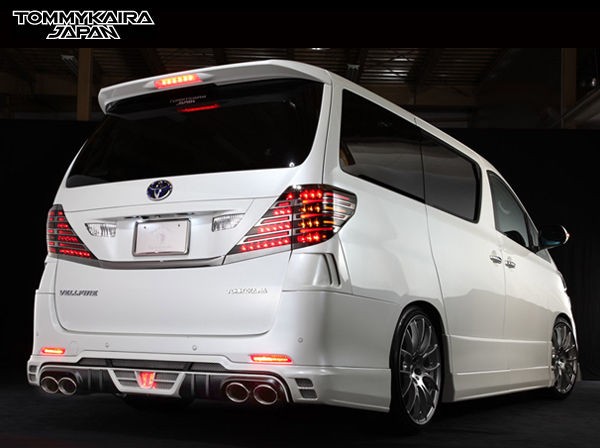
アルファード ヴァレンティ×トミーカイラLEDテール修理☆ : つれづれなるままのLED Factory店長ブログ

ROWEN JAPAN(TOMMYKAIRA JAPAN) Valentiコラボオリジナル のパーツレビュー | 86(ありんこまん) | みんカラ

多少傷はあります20 アルファード ヴェルファイア ヴァレンティ LEDテールランプ 廃盤 - パーツ
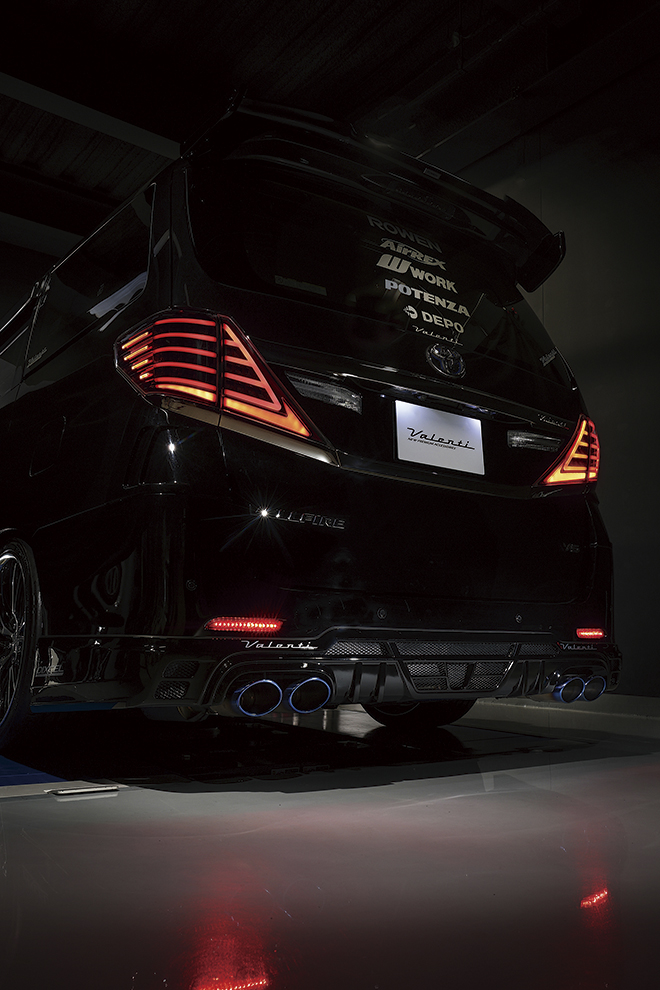
ヴァレンティ トミーカイラコラボ - 車のパーツ
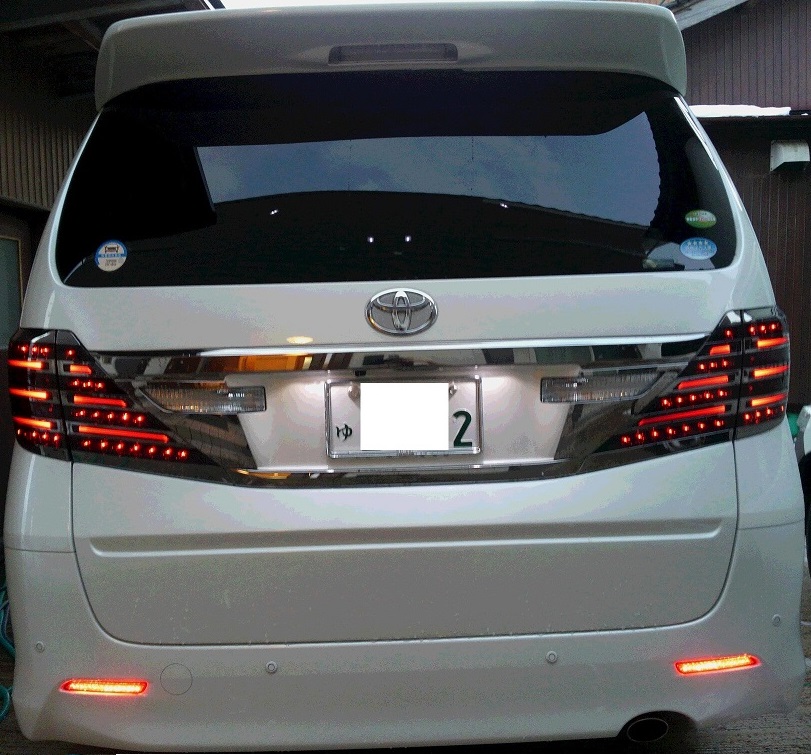
ヴァレンティ トミーカイラコラボ - 車のパーツ
最新のクチコミ
とっても着やすくて 重宝しています。着心地も楽てず。ありがとうございました😊
- SLR*****さん
- 47歳
- アトピー
- クチコミ投稿 2件
購入品
子どもの送迎だけとか、スーパーに行くだけとか、なんともない日に着るのにサイコーです。おしゃれではないけどあったかいしラクです。
- SCZ*****さん
- 45歳
- アトピー
- クチコミ投稿 2件
購入品
157センチ50キロ、11号ネイビー・ホワイトMIXにしました。
サイズちょうどよかったです。
ジャケットの袖が長いかな?それのせいで着られてる感があったけど袖を折り返して着ます。
生地は思ってたより薄かったけど、春先なので中に着て調整します。
ラメ入りなのがセレモニーっぽくて良いです
- UIZ*****さん
- 26歳
- アトピー
- クチコミ投稿 1件
購入品
初めて購入しましたが、お買い物マラソンでセール中でしたので、お得に買い物できました。着用感は、着やすく、着ていて涼しく、生地も丈夫そうで、購入して、正解でした。
サイズは豊富なので、カラーバリエーションも増やして、ネイティブ柄やドット柄、星柄以外のデザインも増えるのであれば、また購入したいと思います。
- LZS*****さん
- 57歳
- アトピー
- クチコミ投稿 3件
購入品
色々なおしりふきを使って比べてみてこちらに落ち着きました!箱買いして備えてあります!
- SBN*****さん
- 27歳
- アトピー
- クチコミ投稿 3件
購入品
壁紙がしっかりしていて、思ったより貼りやすかったので、一人でも作業可能でした。今回はキッチンタイルに使用しました。貼る時に若干しわになったりもしましたが近くでみないとわからないほど。
メモリもシートについているので長さを測る必要がなかったので楽でした。また別の柄の壁紙をこちらで購入予定です。
- ECS*****さん
- 38歳
- アトピー
- クチコミ投稿 1件
購入品
クリアにしたので、存在感がなくよかったです。
お風呂出る時は、湯船にかけて出るようにし始めました。赤カビがつきずらく、綺麗を保てればいいなと思います。
- BVE*****さん
- 29歳
- アトピー
- クチコミ投稿 2件
購入品
身長165センチ、普段Lサイズの服を着ています。ブラックのボートネックを購入、洗濯の仕方が悪かったのか、写真のモデルさんの様なゆとりは全く無いです…ちょうど良い感じですっ
チクチクしないし、着心地はとても良いですっ
- UYC*****さん
- 59歳
- アトピー
- クチコミ投稿 1件
購入品
158センチ48キロでSを購入。ジャストサイズです。素材のためか少しヒヤッとするので(寒がりなので)下に薄手のスパッツを履いてますが、大丈夫でした。
ブラック、オフベージュ、チャコールブラウンを持っていますが、やはり活用度が高いのはブラックです。他二色もいいのですが、上の服に気を付けないと作業着感はでるかもです。
一番いいのはアイロンがけ不要な点でしょうか。
センタープレスとか入ってると気を使うので。
お手入れ楽が一番です!
- NCT*****さん
- 25歳
- アトピー
- クチコミ投稿 2件
購入品
この価格でこれだけの機能があるので大満足。
お風呂のとき以外常につけてます。自分の体を把握できるのは健康に対する意識が変わります。
よく調べると通常販売価格より1000円高かった……レビューでバンドがもらえるなら良しとするかな…
- JBK*****さん
- 24歳
- アトピー
- クチコミ投稿 2件
購入品
車のパーツ・車のパーツ
-
-
6

MAC アイシャドウ レーインロー
MAC
¥1,700
この商品を見ている人におすすめ
-
-

オリーブオイルダブルガーゼ
¥11,800
-

No!No!HAIR
¥14,000
-

四面仏像
¥26,800
-

デーモン150gr
¥350,000
-

直接引き取り限定●新潟市●
¥100,000
-









